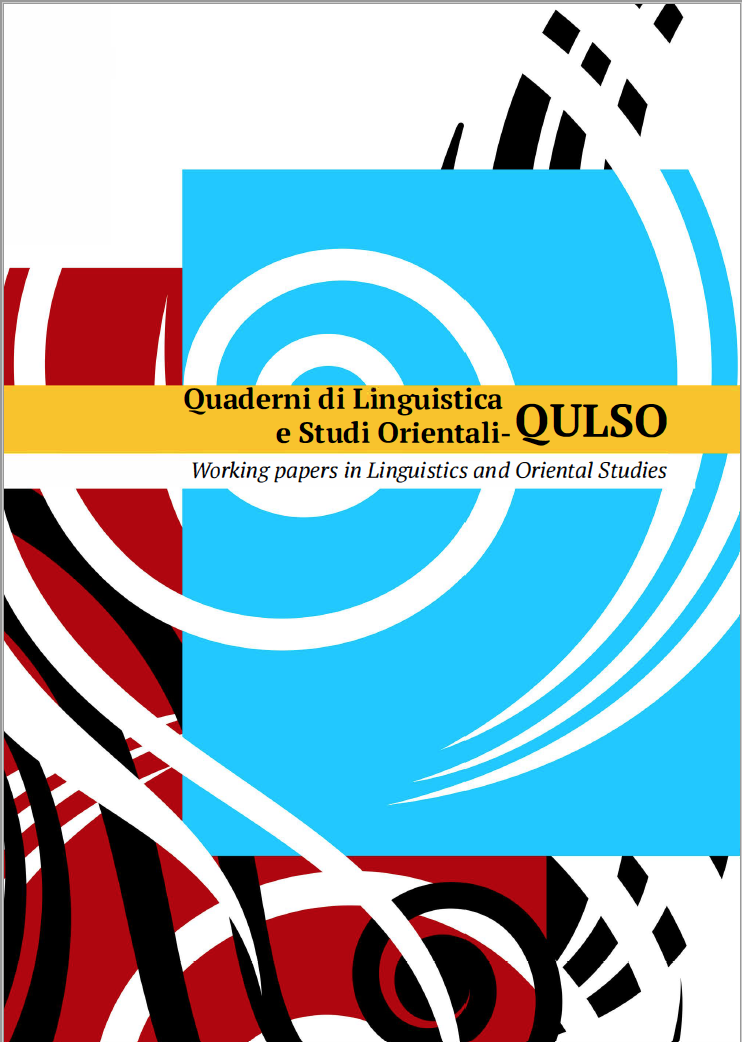Published 2019-08-29
Keywords
- Adjectival Modification,
- Classical Greek,
- New Testament Greek,
- Polydefiniteness,
- Postnominal/Prenominal Adjectives
How to Cite
Abstract
This paper investigates the distribution of adjectives in Ancient Greek, with the aim of comparing it to Standard Modern Greek. We use a selection of texts from Classical Attic and New Testament koiné. In Ancient Greek, like in Standard Modern Greek, all types of adjectives are allowed in prenominal position, and there is no evidence of movement of the noun over prenominal adjectives. As far as postnominal adjectives are concerned, in Classical and New Testament Greek they are systematically articulated in definite DPs, in a structure similar to the so-called polydefinite construction, that is typical of Standard Modern Greek. There is little evidence, in the texts explored, of structures of the type Article Adjective Article Noun, which are instead very common in Standard Modern Greek, and have been assumed to result from fronting the constituent [Article+Adjective] from its postnominal position. Finally, in Ancient Greek, there are cases of postnominal articulated non-adjectival modifiers of the noun, which are impossible in Standard Modern Greek. The paper explores these patterns, with particular attention to the mechanisms underlying polydefiniteness.



